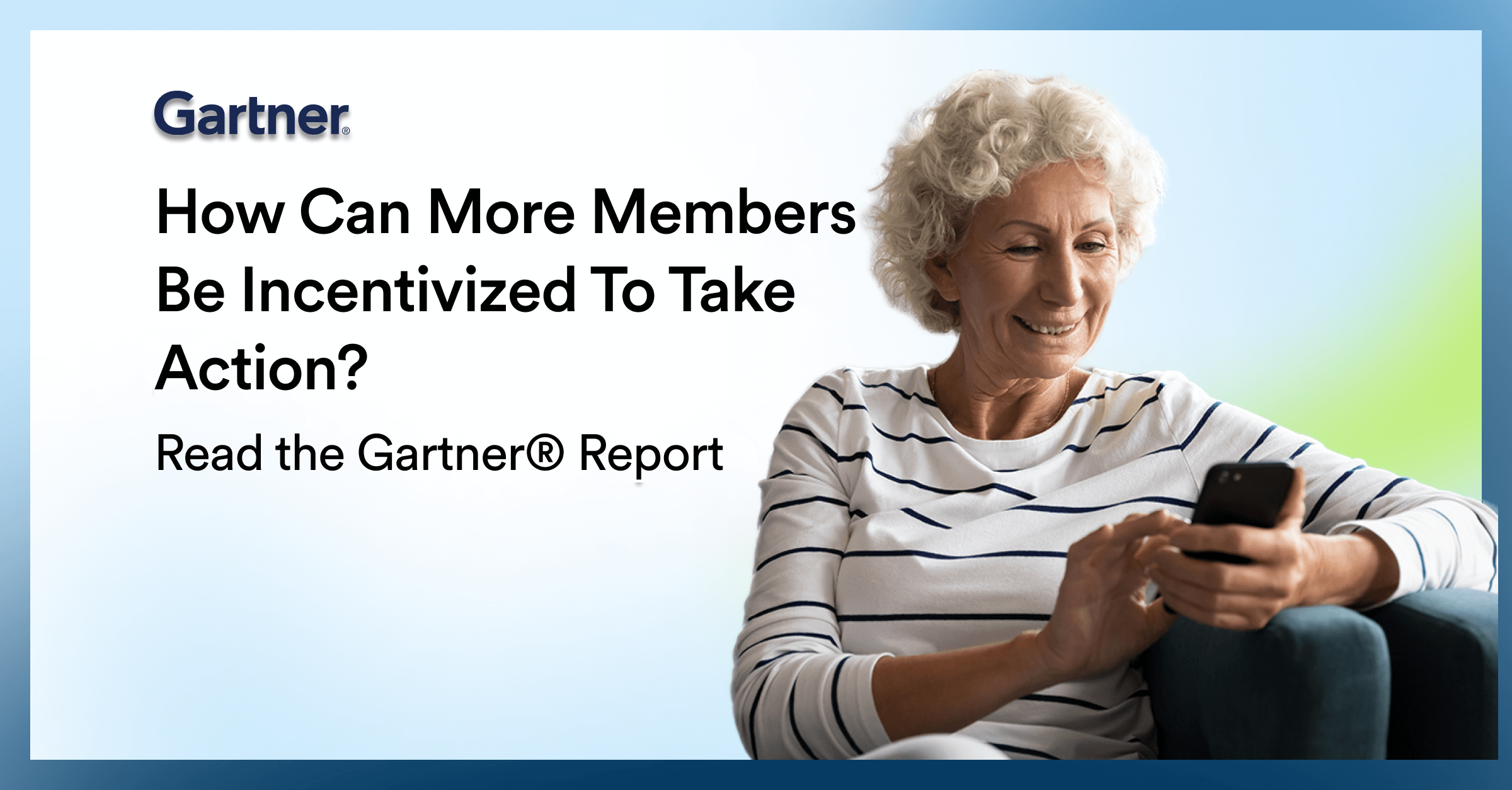
Blog
Bank Onboarding Best Practices To Win Your Customers’ Trust
One benefit of working so closely with our customers: When bank onboarding best practices start to change, we see it right away. And we can help everyone get in front of it.
We started Relay knowing that self-service wasn’t working for most customers. They needed guided service, timed to where they were on their journey and personalized for them. What we didn’t know was how fast that need was going to change to a demand, and now to an expectation that extends all the way to service providers. Meanwhile, moments — opening a bank account, applying for a loan — have fractured into micro-moments — activating your debit card, selecting your loan rate terms.
Banks are now expected to deliver mobile experiences as seamless as the best consumer brands. It’s overwhelming, but it isn’t impossible. It just requires breaking down customer experiences into solvable pieces. And there’s no better place to start than the customer onboarding process flow. It’s full of micro-moments that can be improved by anticipating customer friction points and sharing content you already have with engagement automation tools like Relay. It also sets the tone for the rest of your relationship. Here’s how bank onboarding is changing, and how you can stay ahead.
The new, customer-determined bank onboarding best practices
Fortunately, customers know what they want in a bank onboarding program. Or perhaps it’s more accurate to say they know what they don’t want. Deloitte surveyed 3,000 customers who had recently gone through the bank onboarding process, and they had two main complaints: The speed it takes to open an account and the lack of communication as they did it.
Customers specifically said they were disappointed by the lack of follow-up from their banks. When they had questions about basic account information, they had to initiate outreach. That extra work left them feeling frustrated, but it doesn’t have to be that way. Customers are asking for more communication, which gives you an opportunity to share all the content you already have. You just have to share it in a way that’s relevant, personalized and makes it easier to get things done.
These results line up exactly with what we’ve seen in the banking industry. Walking customers through the process and communicating with them once they’re finished leads to faster account openings, deeper engagement and higher Net Promoter Scores (NPS). That means personalized, proactive support doesn’t just boost the value of the individual account — it boosts the value of your brand. A promoter is worth 2.5 times more than a detractor, and those detractors are 2.3 times more likely to switch to a competitor.
If you want to bring in new customers and keep them with you, you need to deliver an experience that reduces their effort, starting with your customer onboarding strategy. Here are the four steps to follow.
- Establish a direct, mobile-friendly connection with your new customers. There is no better time to establish a digital connection with your customers than when they first onboard. The sooner you do this, the sooner you’ll be able to get customers through the bank onboarding process, create a positive first impression and begin to build trust. A tool like Relay can help you quickly earn and manage the permissions you need to deliver mobile communications both during and after the account opening process.
- Create personalized messages that answer common questions. While the customer details may change, chances are the broad steps on their journey will stay the same. By creating messages that are timed to send to each of those steps, then personalized with their account details, you can give customers an experience that feels custom-made for them, and do it at scale. Chances are you already have content to answer every customer onboarding question — it just needs to be delivered at the right time and in the right format.
- Deliver those messages in a secure channel. Personalization is the best way to engage customers — they can see right away that the message is just for them, and that it’s meant to solve their unique needs. Delivering that personalization, however, requires a secure and compliant channel that’s still easy for customers to access. Relay gives businesses a way to meet both needs with branded mobile messaging feeds that are TCPA, PCI and HIPAA-compliant and a pleasure to use.
- Continue to engage your customers. In the Deloitte survey, customers discussed feeling abandoned after they completed their new customer onboarding — the bank just stopped sending messages. Walking customers through their account opening is just the start. To build a relationship, you want to keep engaging them after they’ve done what you’ve asked.
To complete step No. 4 — and solve other customer experiences in the process — look no further than your inbound call logs. There, you’ll see what’s frustrating users that could easily be solved by sending the right information at the right time.
Top 10 ways banks have used mobile engagement automation this year:
- Step customers through an application process
- Walk customers through direct deposit set up
- Notify customers when their card has shipped
- Drive account activation and utilization
- Encourage mobile banking enrollment
- Suggest overdraft protection services when customers reach a low balance
- Educate on how to use a Home Equity Line of Credit (HELOC)
- Turn on paperless statements and/or autobill pay
- Remind customers when it’s time to re-order checks
- Follow up to ask about customer satisfaction…and dozens more
Starting the bank customer onboarding process with clear, personalized messages solves so many common problems. It gets customers through the process faster, and delivers the communication they’re asking for. It also gives you a method to promote your services. As you continue to reveal the value of their account, you’ll build trust and increase the chances of customers doing the next thing you ask, whether that’s increasing their balance, setting up direct deposits or recommending a friend.
What better bank customer onboarding looks like in practice
To see how all of this comes together in one customer onboarding process for one bank, take a look at our work with Citizens Bank. Citizens Bank came to Relay with a problem: student borrowers feeling unengaged and forgetting to complete their loan applications.
The outcome wasn’t surprising — people in their late teens and early twenties have especially high expectations for personalized, mobile communication and easy experiences. So we helped Citizens Bank deliver totally reimagined bank customer onboarding. Relay gave the bank a way to connect with customers via text, then move them to a personalized, secure mobile channel where they can share regulated financial information. Every time there was a new message, the students would get a new text, prompting them to open the channel and see their personal data.
These innovative onboarding practices turned into real money for Citizens Bank. Application pull-through increased by 10 percent, the time to complete an application decreased by 40 percent and 88 percent of new customers turned on the mobile communication service, giving Citizens Bank a channel for engagement it can use to increase value throughout the customer lifetime.
Improving your bank onboarding strategy for today — and tomorrow
Yes, bank onboarding best practices are important in their own right. They smooth over snags in the customer onboarding process, which creates immediate financial benefits and lays a strong foundation for a valuable relationship going forward. What may be more important though, is what they will allow you to do in the future.
Like we said, when we started Relay, we knew we needed to improve the customer experience, but we didn’t know how quickly it would become critical to do so automatically and at scale. The concept of micro-moments didn’t exist yet. We were building a tool to solve today’s problems, and by building it right, we also solved tomorrow’s.
The same may prove true for innovative onboarding practices. Dropping organic engagement rates on email and social are already hinting at a future where the only way to reach customers will be on an owned channel. By following mobile onboarding best practices, you’re creating that direct connection. It’s a competitive advantage today. In the future, it may be the differentiator between the banks that grow and last, and those that fade.
If you’d like to discuss how your bank could benefit from a better onboarding experience, reach out to us. We’d love to talk.
